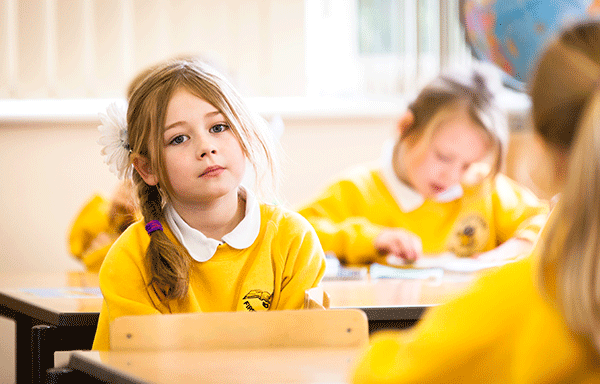Supporting Rigidity

Do you sit at the same desk every time you go into the office?
At a training session, would you head for the same chair on consecutive days?
Do you take the same route to work, or stick to the same morning routines?
We all have our own way of doing things and are generally creatures of habit. Why do we do this? Keeping things the same reduces our anxieties and helps us to automate less enthralling parts of our day. It also puts us in a position of control
We do, however, have the ability to be flexible. Whilst we might feel a little ‘put out’ if someone has parked in our favoured space, we can generally adapt to the situation.
Children with SLCN can find this flexibility challenging. The need for sameness stems from a lack of control and/or understanding, coupled with a fear of something that might be new, scary, difficult.
Supporting these children individually can mean reducing their anxiety by keeping things the same, or similar. But when included in a group, this can create difficulties. Here are some tips and ideas for supporting children in groups to be more flexible and to embrace more fluid activities or agendas
Set the expectation
Clear rules and expectations help children to understand what is going to happen. Much like the language used in a Social Story, an expectation is often best presented as a rule which gives children clarity. Talk through the expectations of the group, making clear what you are asking the children to do. For example, “We’re going to take turns in this game. We will each wait for our turn with our hands on the table”.
Choose activities carefully
A child who loves trains may not willingly take turns with them or share ideas about them – this can then turn into a group with one person who dominates the focus. Within the group environment, choose activities that are motivating but not all-absorbing for one child. A favoured topic or item can be a good motivator once the group or lesson has finished and everyone has listened and participated well.
Use visuals
Visual support is crucial for helping children to understand what is coming next. This reduces their anxiety and therefore supports flexibility. The use of a visual timetable, or now and next board is a constant reminder of what is happening and what will happen next.
Give some control
For children who like to dictate the choice and pace of activities, give them a role which means that they are constantly included, but with an element of flexibility. For example, they can announce to the group whose turn it is next, or remove completed activity pictures from the visual timetable.
Build flexibility into a predictable routine
There are subtle ways of building flexibility. Using a ‘surprise’ card within a visual timetable tells the children “we are going to do a different activity, at this point in the session. You will need to wait to find out what it is”. Similarly, using a predictable game but changing the roles can be useful. E.g. “this time, you roll the dice and I move the counters”.
Watch out for the threshold
Being flexible is tiring for a child who likes sameness. Watch out for body language which is telling you that they are reaching their threshold. When you see this, either move to a more predictable activity, provide a tangible reward to extend it a little further, or wind up the session. It is far better to end on a successful note.
Routine and the need for ‘sameness’ can be of real benefit in supporting our organisation and planning skills. Adding variety to these routines, practising flexibility and preparing children for what is ahead supports them to embrace all of the wonderful learning opportunities both at home and in school.